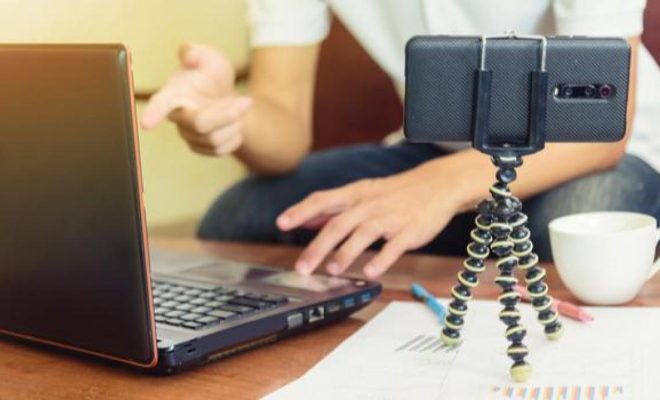

Smartphone cameras have come a long way since the initial days of mobile photography. With the advancements in camera technology, smartphones now capture photos and videos that rival DSLR cameras. However, one often-overlooked feature of a smartphone camera is its use as an IP webcam. Thanks to APKs (Android Package Files), it’s now possible to use an Android phone as an IP webcam. In this article, we’ll show you how to get started.
IP Webcam app
The first step to setting up your Android phone as an IP webcam is to install an IP Webcam app. There are many options available in the Google Play Store, but one of the most popular choices is the IP Webcam app available for free download. Once you’ve downloaded and installed the app, open it up and select the “Start Server” option. This will start the camera feed.
Configuring settings
Now that your camera is up and running, we need to configure some settings to ensure it’s working at its best. Go to the “Settings” tab in the IP Webcam app, and here are some of the essential settings you need to configure:
Check your IP Address
Before you can start using your Android phone as an IP webcam, you need to know its IP address. Open the IP Webcam app, and you’ll see your phone’s IP address displayed on the screen. Copy the address and open it on your desktop or laptop browser.
Using the IP Webcam
With the IP address, you can now start using your smartphone camera as an IP webcam. You can use any browser that supports MPEG-4 video streaming, such as Chrome, Firefox, or Safari.
Go to your browser and enter the IP address of your phone into the address bar. This will bring up a homepage that displays the video feed being captured by your smartphone camera. If you’re using the camera as a security camera, you can even stream the video feed on your TV using an HDMI cable or Chromecast.